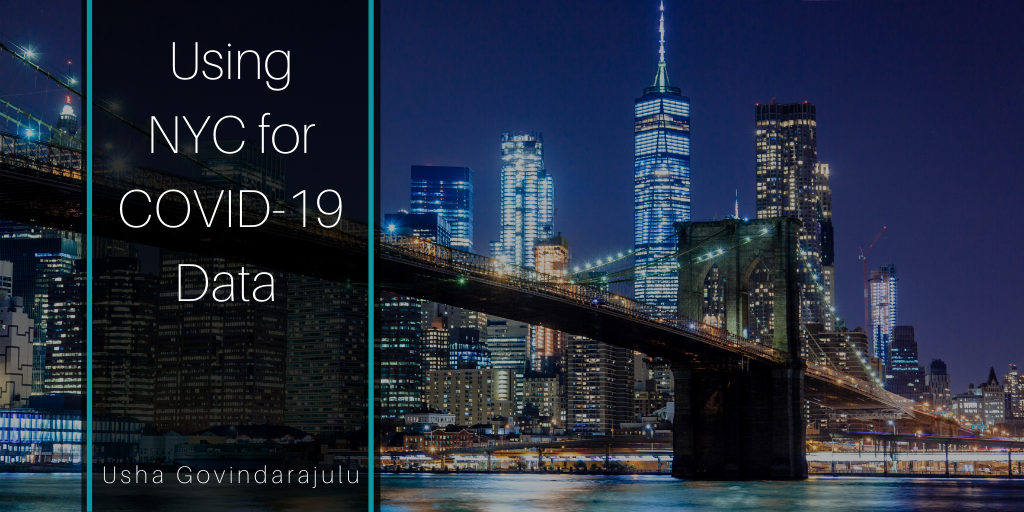As the COVID-19 Pandemic rages on, many epicenters spring up and fall away as responses to the disease reveal varying preparedness and efficacy in response. The two primary hot-spots in America are also, understandably, the largest cities by population: New York and Los Angeles. The Gothamist has compiled a number of statistics and data-points regarding the city’s experience of the epidemic
As New York has proven to be a large epicenter, it has become a massively useful example of the virus’ spread and the likely course it will take. The data coming out of the state is incredibly useful, but in order to make the most of it we need to carefully examine the unique nature of the city.
For instance, the 7 boroughs have closely tracked their individual number of confirmed cases, and an interesting pattern emerges. The Bronx, Brooklyn, and Queens have much higher numbers of confirmed cases than Manhattan or Staten Island. Considering the higher population of these boroughs, it is understandable that their cases are elevated. However, the number of cases does not quite reflect the population sizes. Queens has consistently had the highest number of confirmed cases, yet Brooklyn is a higher population area of the city. And though Staten Island has a population nearly a third of Manhattan’s, it has had a number of confirmed cases nearing half of that of Manhattan.
Clearly, there are underlying factors contributing to these populations’ number of cases, but it can be difficult to parse. Each borough could have any number of cultural or systemic reasons for why they have performed better or worse in the face of the pandemic.
The Gothamist’s chart on income vs Cases per 100,000 could be a fair indication of factors going into the distribution of infections. The distribution of median income is very strongly skewed, with Manhattan making up a much more wealthy population that the Queens or Brooklyn. Could these cultural factors so strongly influence the spread of the virus?
For any epidemiologist, it’s important to take into account the unique characteristics of the location being investigated. Understanding the cultural make-up of the city as a whole, not just the individual people, is crucial to interpreting the data presented. New Yorkers pride themselves on being a unique city, with an easily identifiable personality and mind-set attributed to each of the boroughs. When the pandemic has fallen away, understanding these cultural facets will be vital to the success of reviewing the city’s response.
